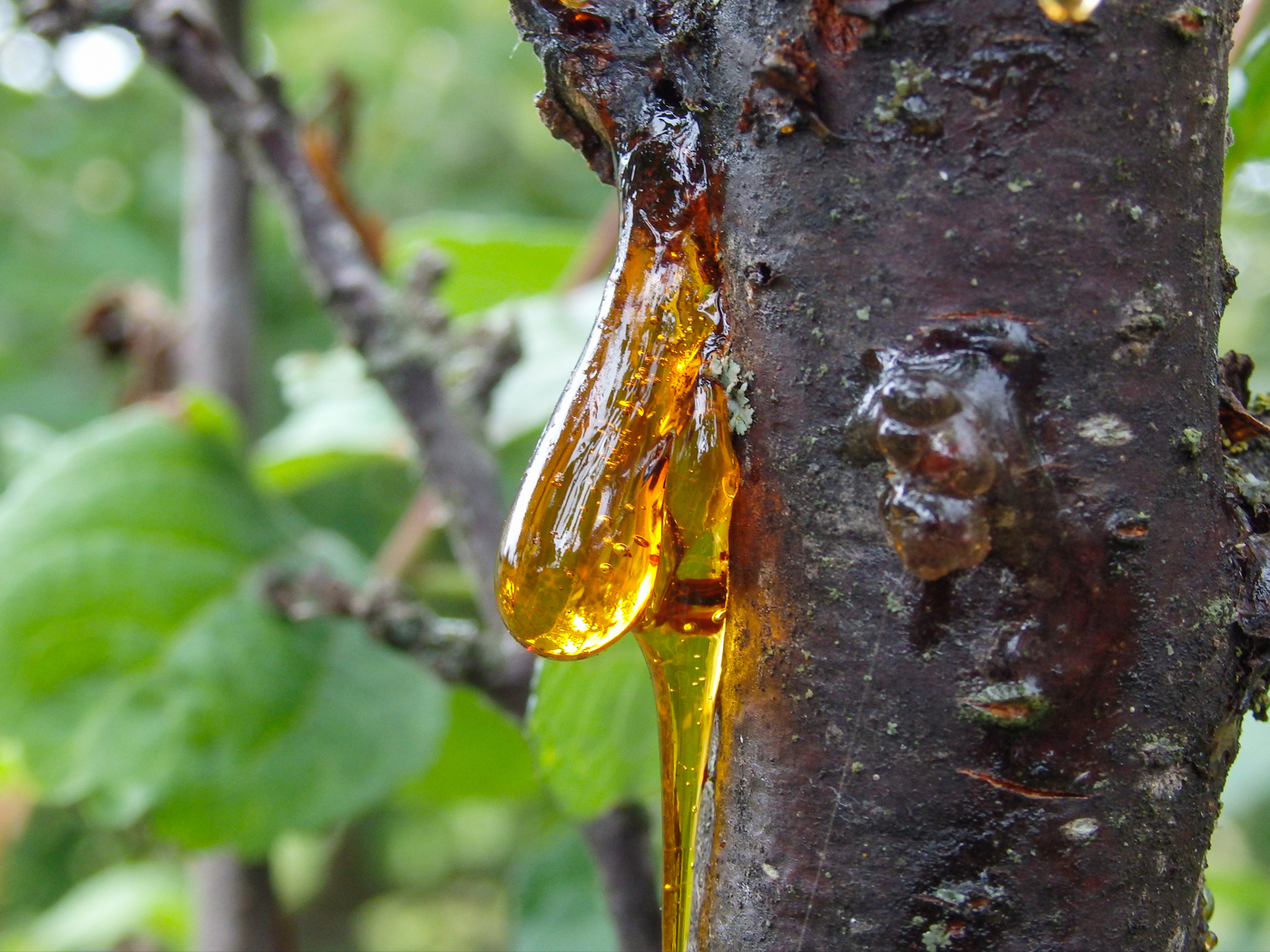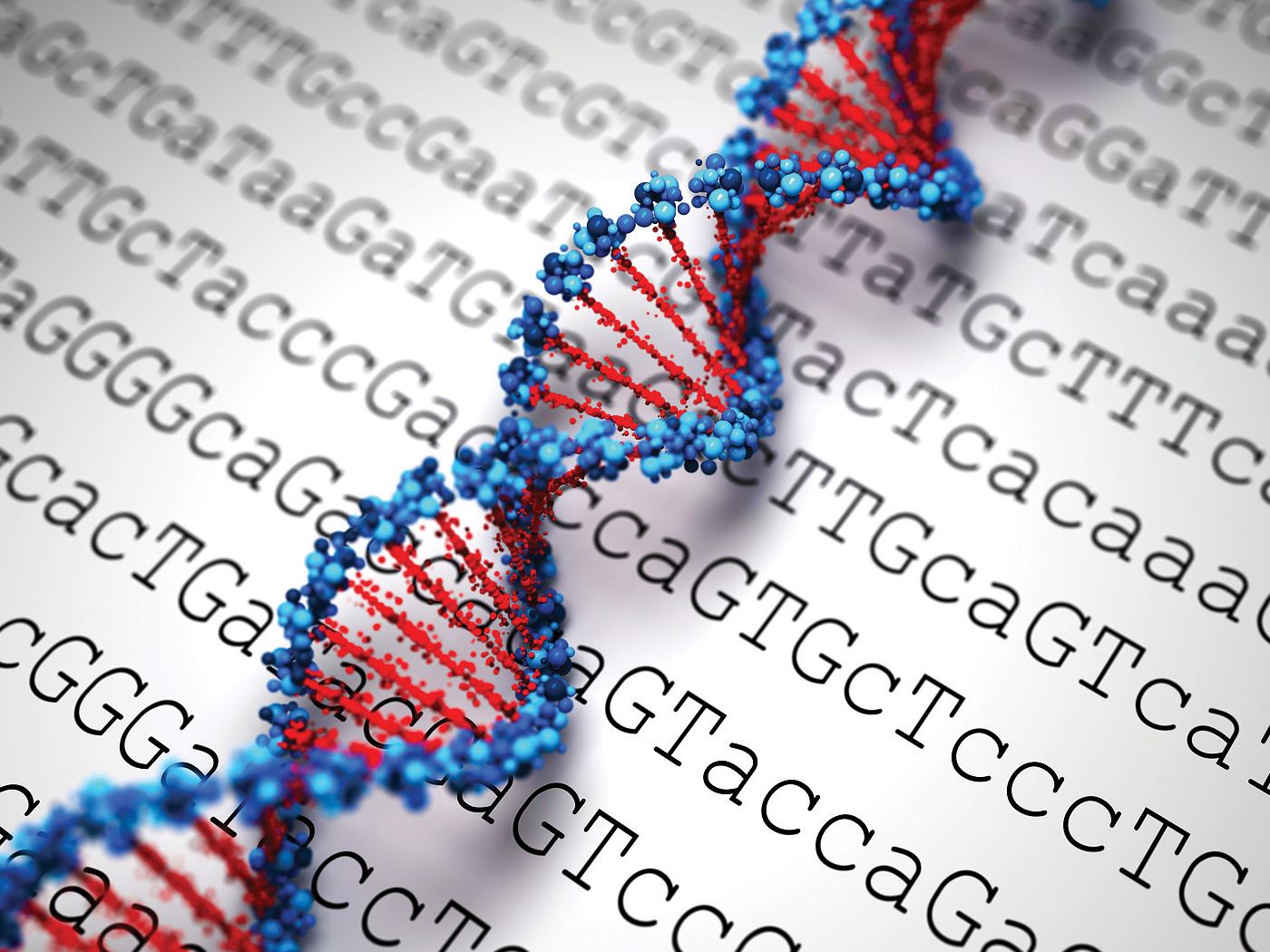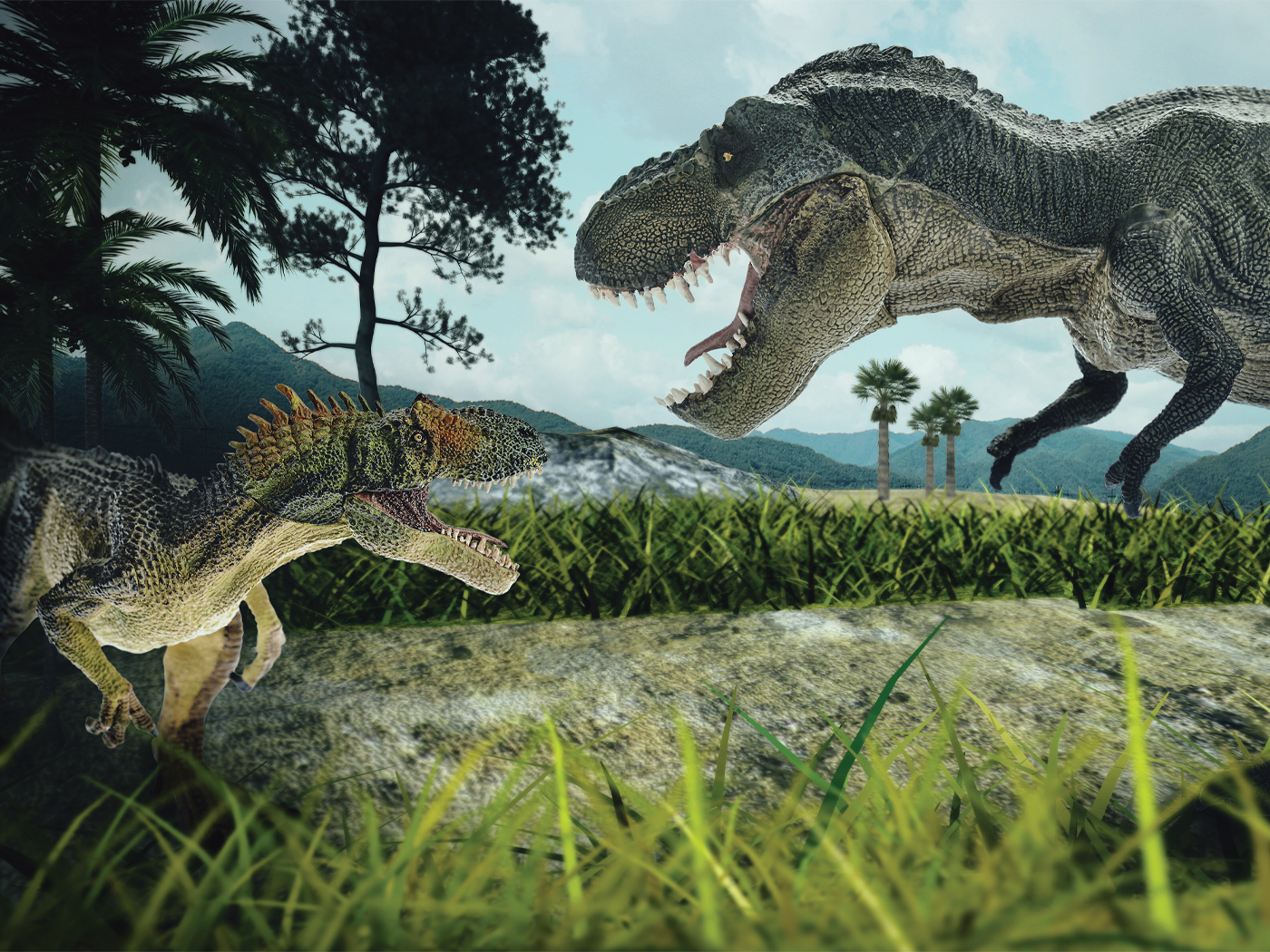Pseudogenes were once thought to be genomic fossils—the broken remnants of genes that mutated long ago. However, research is progressively showing that many pseudogenes are highly functional and critical to life. Now, a newly characterized pseudogene has been shown to produce a functional protein, but only in cells where it is required—leading researchers to coin a new term pseudo-pseudogene.1
Pseudogenes were originally characterized as the remnants of once-functional genes. This was based on the apparent "stop signals" in their sequence that prematurely halted the production of a functional protein. However, this initial assessment was based on an over-simplistic view and a lack of advanced information about the complexity of protein production.
When RNA copies of genes are made, three bases in a row code for a specific amino acid in a protein called a codon. Certain codons provide stop signals during the protein-production process called translation. Now it is known that just because an apparent stop codon, also called a premature termination codon (PTC) exists, that does not mean the stop takes place.2 This phenomenon is called stop codon readthrough and can result in the production of a functional protein.
The phenomenon of stop codon readthrough is quite complex and depends on a variety of factors. These include the specific sequence of the stop codon, the surrounding RNA sequence in which it occurs, and the presence of other stimulating factors during the translational process (e.g., proteins and RNA).2
For the most part, the study of stop codon readthrough has only been well characterized in bacteria and viruses.2 In animals, it is much less understood, but predicted to be quite common. Now, a new fruit fly study showed that it occurs in an olfactory receptor pseudogene once thought to be a broken gene.1 In fact, the pseudogene in question not only produces a functional protein needed for the fine-tuning of odor detection, but is only produced in specific neuronal cells where it is required. Thus, stop codon readthrough also appears to be regulated within cellular context in addition to the other factors mentioned above.
Not only did the researchers identify functional protein-producing pseudogenes in one specific type of fruit fly, but other species as well under a variety of odor receptor repertoires. Because of these startling discoveries, they now believe that this area of research should be expanded. In their paper they state, "It should also prompt the experimental examination of the hundreds of PTC-containing presumed pseudogenes, both within and beyond chemosensory gene families in insects, humans and other organisms."
This study is just yet one more shining example of how looking at the genome as a product of evolution hinders scientific discovery. If scientists were to view the genome for what it is, an unimaginably complex engineered system designed by an Omnipotent Creator, scientific discovery would be considerably more productive because scientists would be looking for intended purpose and function rather than accidents of evolution.
References
- Prieto-Godino, L. L., et al. 2016. Olfactory receptor pseudo-pseudogenes. Nature. 539 (7627): 93-97.
- Dabrowski, M., et al. 2015. Translational readthrough potential of natural termination codons in eucaryotes—The impact of RNA sequence. RNA Biology. 12 (9): 950-958.
*Dr. Tomkins is Director of Life Sciences at the Institute for Creation Research and earned his Ph.D. in genetics from Clemson University.
Article posted on November 14, 2016.













